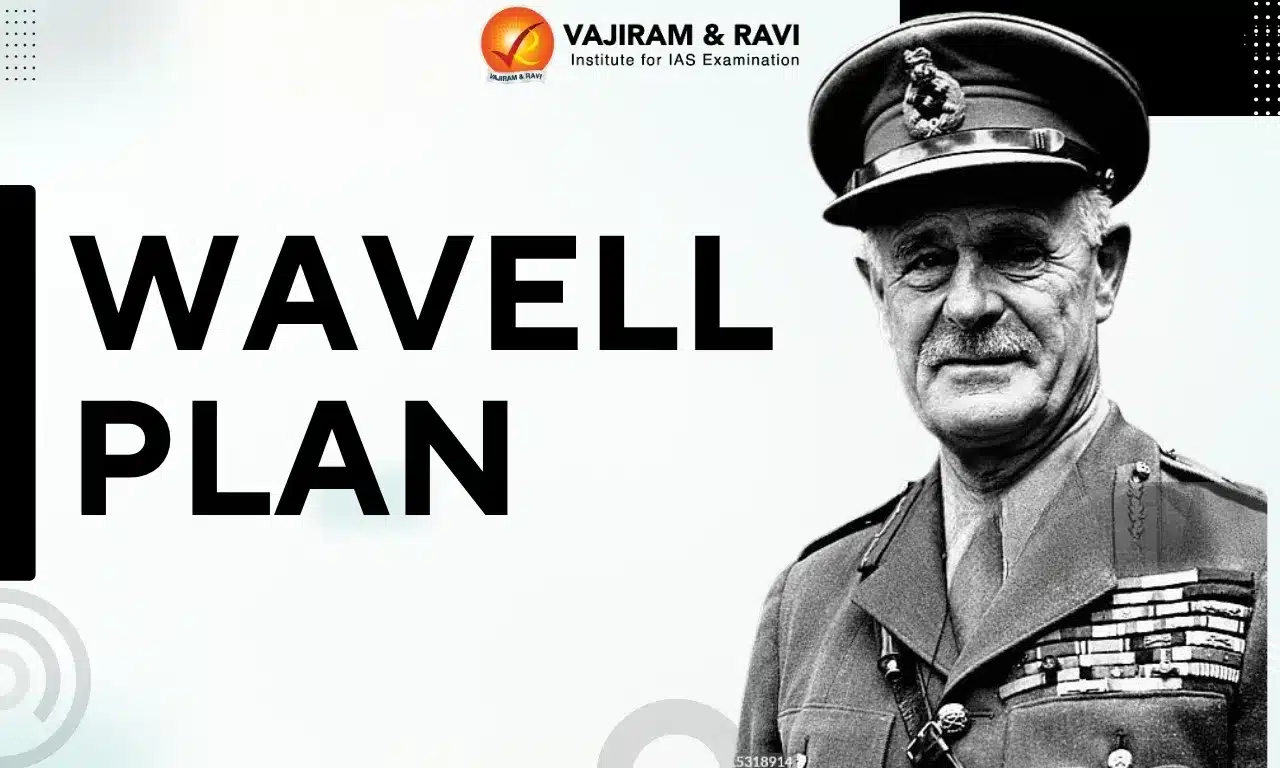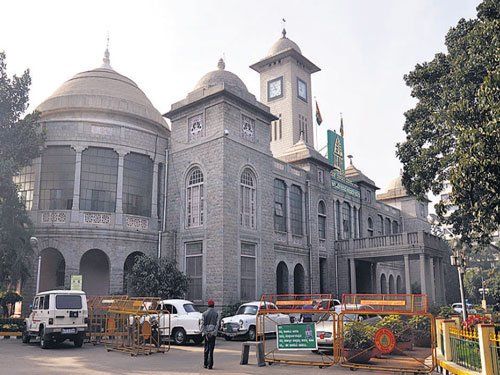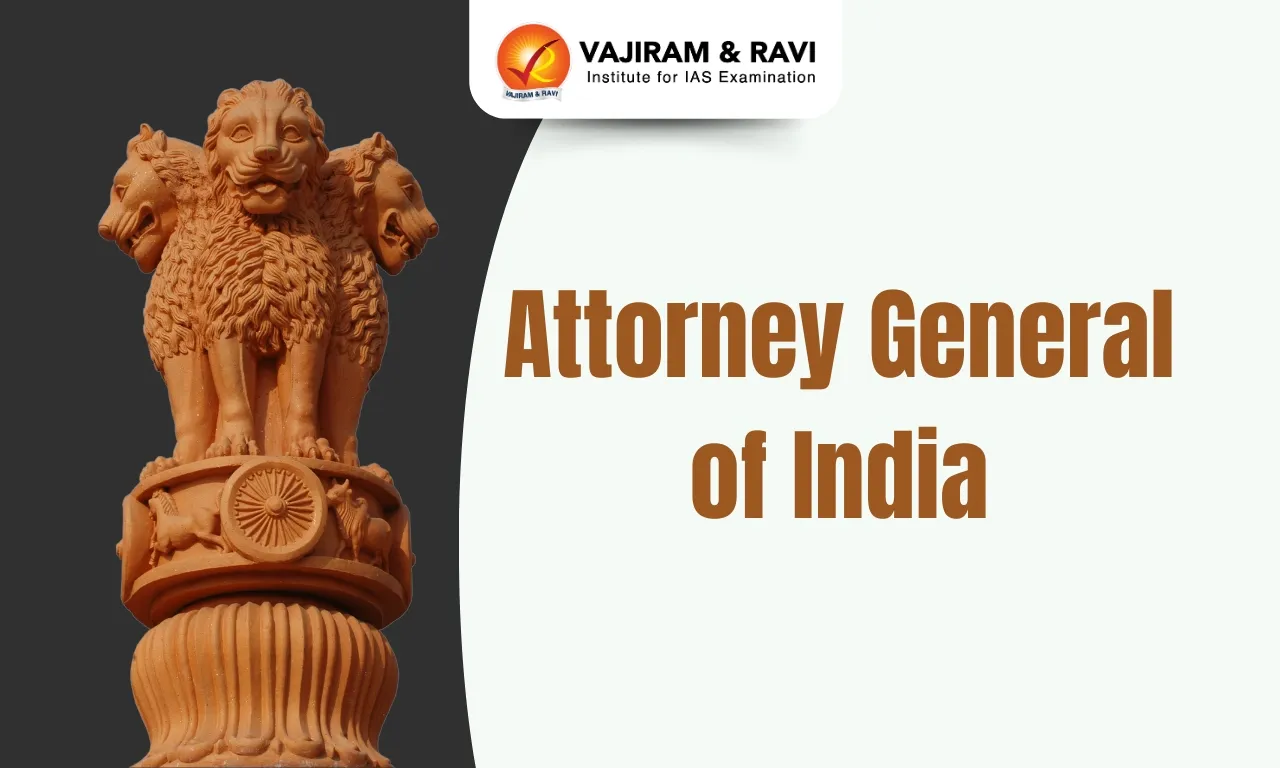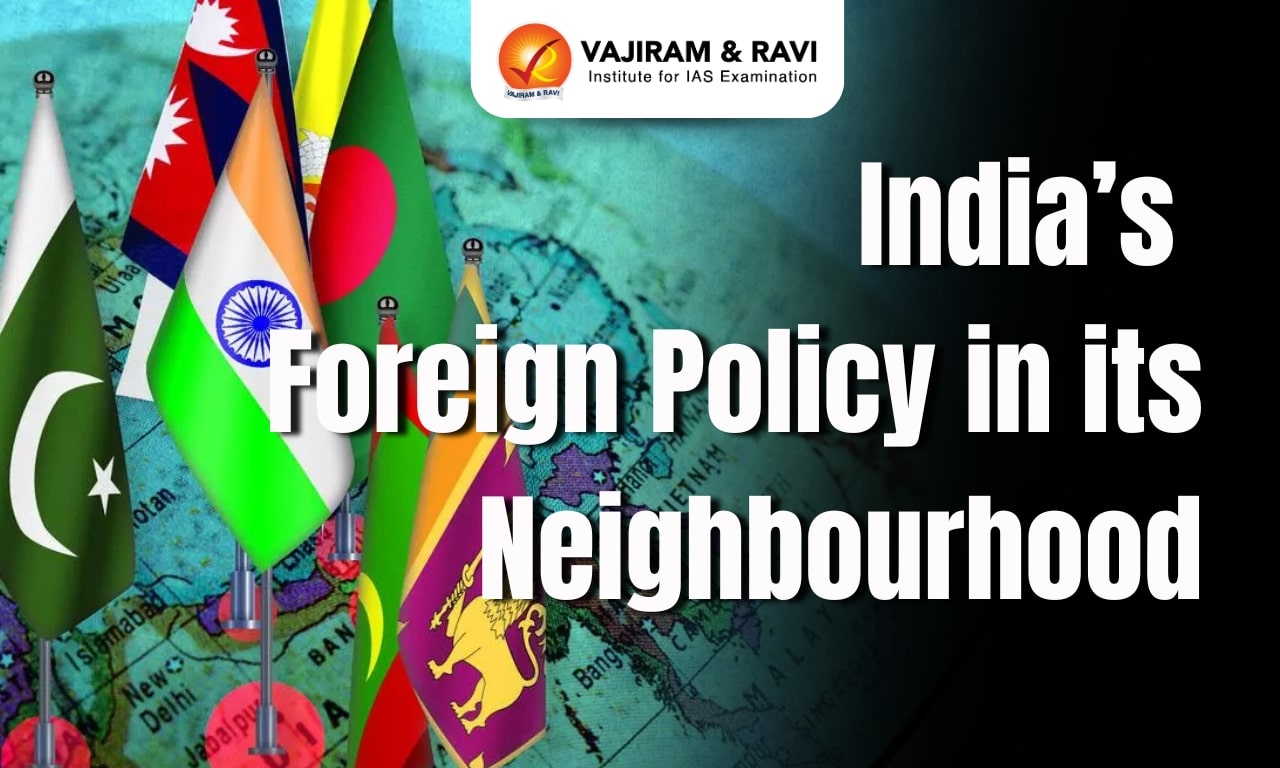The Wavell Plan, named after the Viceroy of India, Lord Wavell, was first introduced during the Shimla Conference in 1945. It aimed to address India’s growing demand for self-governance by restructuring the Viceroy’s Executive Council, providing equal representation for both Hindus and Muslims. The plan sought to resolve the political deadlock by offering separate communal representations in governance.
The Shimla Conference was convened specifically to secure an agreement on the Wavell Plan. However, it failed as the Indian National Congress and the Muslim League could not reach a consensus. Disagreements, particularly over the League's demand to be the sole representative of Muslims, prevented the plan's implementation and led to the collapse of negotiations.
Wavell Plan - Shimla Conference Background
In the backdrop of the Second World War and increasing demands for Indian self-governance, the British government, under the leadership of Prime Minister Winston Churchill, recognized the urgency of resolving the constitutional stalemate in India.
- Furthermore, the British position in India was at best precarious due to the Quit India Movement and a rise in revolutionary activity.
- With the general election approaching in England in 1945, the ruling Conservative Party sought to appear committed to finding a solution to India's constitutional crisis.
In the backdrop of these factors, Churchill's government authorized Lord Wavell, the Viceroy of India, to initiate negotiations with Indian leaders. This led to the proposal of the Wavell Plan in June 1945.
Wavell Plan - Shimla Conference Proposals
The Shimla Conference was called in July 1945 to discuss the Wavell Plan. Leaders from the Congress, the Muslim League, and other political groups were invited. Among the notable figures present at the meeting were Mohammad Ali Jinnah, the leader of the All India Muslim League, and Maulana Abul Kalam Azad, the president of the Indian National Congress. The key proposals of the Wavell Plan discussed in the Shimla Conference:
- Reconstitution of the Viceroy’s Executive Council, with all members except the Viceroy and the Commander-in-Chief being Indians.
- Caste Hindus and Muslims to have equal representation in the Executive Council.
- Under the Government of India Act of 1935, the reconstituted Council would function as an interim government that would not be accountable to the Central Assembly.
- The Governor-General would exercise his veto based on the advice of ministers.
- Political parties were expected to submit a joint list of nominees for the Executive Council. If they could not agree, separate lists could be submitted.
- Negotiations for a new constitution were to be considered after the war ended.
Wavell Plan Congress Stand
The Congress strongly opposed the Wavell Plan, viewing it as an attempt to limit the party’s representation to only caste Hindus. Congress insisted on its right to nominate members from all communities, arguing that it represented the interests of all Indians, not just Hindus. Abul Kalam Azad’s presence as Congress's representative at the Shimla Conference underscored their commitment to including Muslim voices.
Wavell Plan Muslim League Stand
The Muslim League demanded that all Muslim members of the Executive Council be its nominees, fearing that including other minority representatives—such as those from the Depressed Classes, Sikhs, and Christians—whose interests aligned with Congress, would reduce the League to a one-third minority. Additionally, the League sought a form of veto power in the council, insisting that decisions opposed by Muslims should require a two-thirds majority to be approved
Wavell Plan - Shimla Conference Failure
The fundamental reason for the failure of the Shimla Conference was the irreconcilable disagreement between the Muslim League and the Congress. Jinnah's insistence on the Muslim League being the sole representative of Muslims clashed with Congress's broader claim to represent all Indians. Despite Wavell's efforts to mediate, the conference ended without an agreement, further entrenching the political divide. This failure marked a significant step toward the eventual Partition of India, as the Muslim League became more determined in its pursuit of a separate Muslim state.
Last updated on December, 2025
→ Check out the latest UPSC Syllabus 2026 here.
→ Join Vajiram & Ravi’s Interview Guidance Programme for expert help to crack your final UPSC stage.
→ UPSC Mains Result 2025 is now out.
→ UPSC Notification 2026 is scheduled to be released on January 14, 2026.
→ UPSC Calendar 2026 is released on 15th May, 2025.
→ The UPSC Vacancy 2025 were released 1129, out of which 979 were for UPSC CSE and remaining 150 are for UPSC IFoS.
→ UPSC Prelims 2026 will be conducted on 24th May, 2026 & UPSC Mains 2026 will be conducted on 21st August 2026.
→ The UPSC Selection Process is of 3 stages-Prelims, Mains and Interview.
→ UPSC Result 2024 is released with latest UPSC Marksheet 2024. Check Now!
→ UPSC Prelims Result 2025 is out now for the CSE held on 25 May 2025.
→ UPSC Toppers List 2024 is released now. Shakti Dubey is UPSC AIR 1 2024 Topper.
→ UPSC Prelims Question Paper 2025 and Unofficial Prelims Answer Key 2025 are available now.
→ UPSC Mains Question Paper 2025 is out for Essay, GS 1, 2, 3 & GS 4.
→ UPSC Mains Indian Language Question Paper 2025 is now out.
→ UPSC Mains Optional Question Paper 2025 is now out.
→ Also check Best IAS Coaching in Delhi
Wavell Plan - Shimla Conference FAQs
Q1. What are the main features of the Wavell plan of 1945?+
Q2. Was Wavell Plan successful?+
Q3. What is the Wavell Plan?+
Q4. Why did the Simla Conference fail?+
Q5. Who proposed Wavell plan?+
Tags: quest wavell plan

















